#karel dujardin
Text
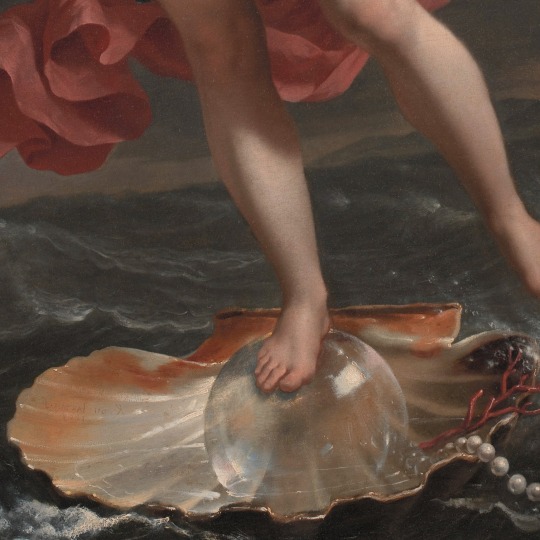
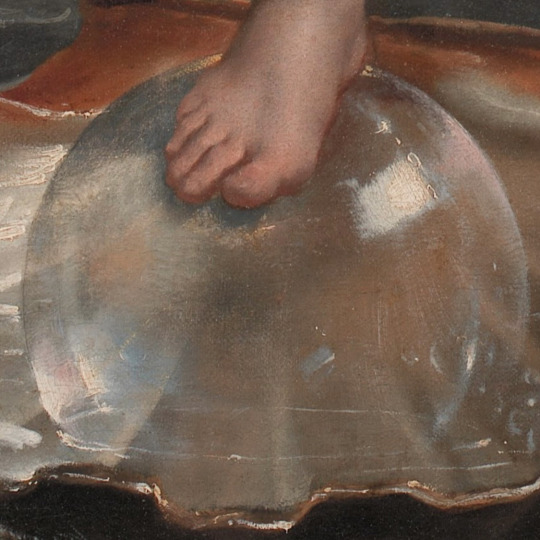


Details #4: Boy Blowing Soap Bubbles; Allegory on the Transitoriness and the Brevity of Life, 1663, Karel Dujardin.
#art#art detail#details#art history#aesthetic#sea#painting#bubble#god#ocean#waves#life#karel dujardin#1663#orb
2K notes
·
View notes
Text
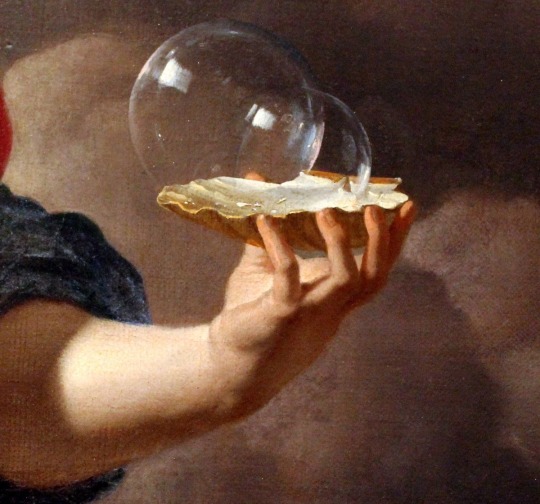
‘Boy Blowing Soap Bubbles. Allegory on the Transitoriness and the Brevity of Life’ (detail) by Karel Dujardin, c. 1663.
#Karel Dujardin#vintage art#classic art#art#art history#old art#art details#vintage#painting#moody art#oil painting
93 notes
·
View notes
Text

Karel Dujardin
21 notes
·
View notes
Photo
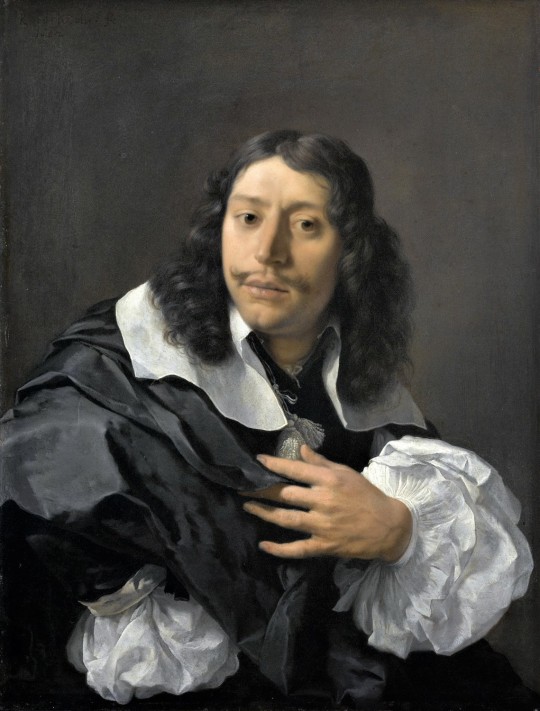
Karel Dujardin (Dutch, 1622-1678) - Self portrait
37 notes
·
View notes
Photo
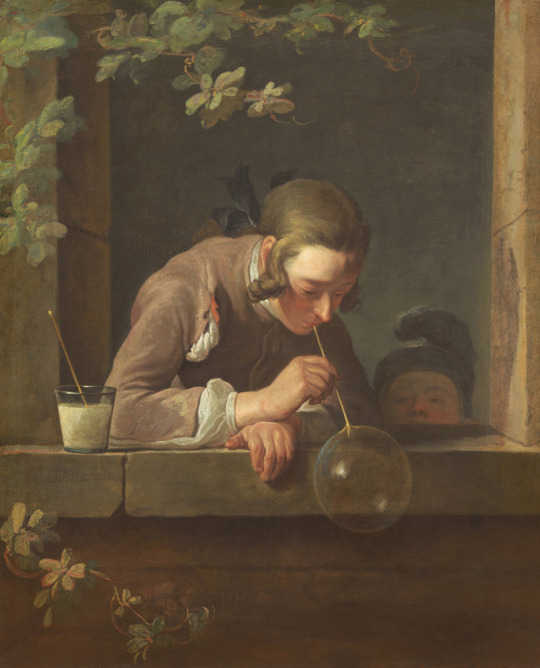





( ˘ ³˘)ノ°゚º❍。
Jean Siméon Chardin // James Joyce // Karel Dujardin // Thomas Couture // Belle & Sebastian // The Magnetic Fields
#web weaving#jean simeon chardin#james joyce#karel dujardin#thomas couture#belle and sebastian#the magnetic fields#moodboard#bubbles#melancholy#dark academia#light academia#art details#art#art history#oil painting#art academia#academia aesthetic#lyrics#classic literature
26 notes
·
View notes
Photo
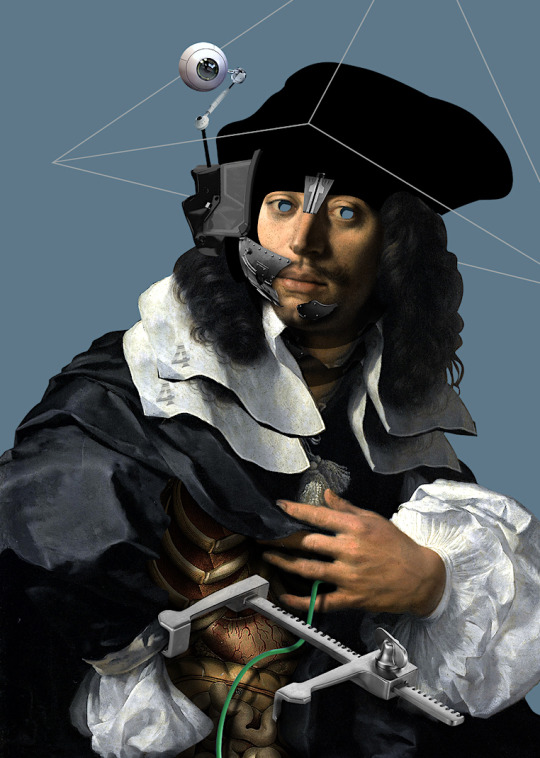
eucanthos
_
Karel Dujardin: Self-portrait, 1662. Oil on coper 28.5 x 22 cm. Rijksmuseum
Julien Bouglé: Le corps humain en grandeur naturelle: planches coloriées et superposées, avec texte explicatif, 1899. - Historical Anatomies on the Web
Finochietto Rib Extractor
Revisited work posted May 28, 2021
thought: reverse analogy our connection w technology, sacrifice to algorithm
https://eucanthos.tumblr.com/post/652408958687051776/eucanthos-karel-dujardin-self-portrait-1662-oil
https://commons.wikimedia.org/wiki/File:Karel_dujardin_zelfportret.jpg
https://www.nlm.nih.gov/exhibition/historicalanatomies/bougle_home.html
#eucanthos#collage#portrait#cyborg#anatomy#mechanical#gaze#blind#Finochietto#plastic#Karel Dujardin#avatar#self portrait
15 notes
·
View notes
Photo
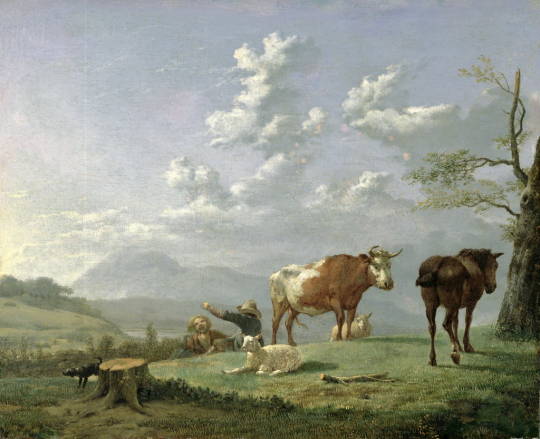
Pastoral Landscape, c.1650s
by Karel Dujardin
oil on wood
The Henry Barber Trust, The Barber Institute of Fine Arts, University of Birmingham
17 notes
·
View notes
Text
instagram
Boy Blowing Soap Bubbles - Karel Dujardin (1663)
0 notes
Text

Karel Dujardin
El regreso de la Sagrada Familia a Egipto
1662//Detroit Institute of Arts
0 notes
Text
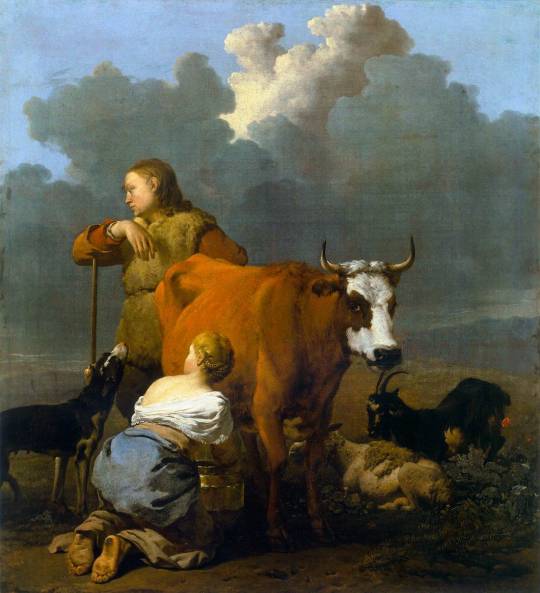
DUJARDIN, Karel
Woman Milking a Red Cow
1655-59
Oil on canvas, 66 x 59 cm
Nationalmuseum, Stockholm
50 notes
·
View notes
Photo

Karel Dujardin, Boy Blowing Soap Bubbles. Allegory on the Transitoriness and the Brevity of Life, 1663 (detail)
135 notes
·
View notes
Text

Pallas Athene Visits Invidia by Karel Dujardin
11 notes
·
View notes
Text






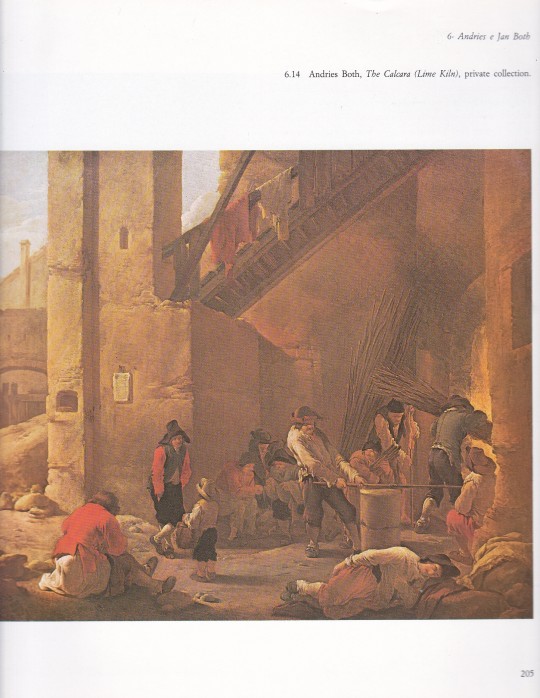



The Bamboccianti
The Painters of Everyday Life in Seventeenth Century Rome
Giuliano Briganti - Ludovica Trezzani - Laura Laureati
Ugo Bozzi Editore, Roma 1983, 405 pages, 26x29cm, 65 colurs tables and 284 ill. b/n., ISBN 9788870030105
euro 60,00
email if you want to buy : [email protected]
The Bamboccianti were genre painters active in Rome from about 1625 until the end of the seventeenth century. Most were Dutch and Flemish artists who brought existing traditions of depicting peasant subjects from sixteenth-century Netherlandish art with them to Italy, and generally created small cabinet paintings or etchings of the everyday life of the lower classes in Rome and its countryside.
Typical subjects include food and beverage sellers, farmers and milkmaids at work, soldiers at rest and play, and beggars, or, as Salvator Rosa lamented in the mid-seventeenth century, "rogues, cheats, pickpockets, bands of drunks and gluttons, scabby tobacconists, barbers, and other 'sordid' subjects." Despite their lowly subject matter, the works found appreciation among elite collectors and fetched high prices.
A questa scuola aderirono pittori fiamminghi, olandesi e italiani che furono attivi a Roma, tra gli artisti di questo movimento pittorico troviamo pittori come Jan Miel, Andries Both, Karel Dujardin, Thomas Wijck, Johannes Lingelbach, Jan Asselyn, Pieter van Lint, Michael Sweerts, e Keil Eberhard e, tra gli italiani, Viviano Codazzi (1611-1672), Michelangelo Cerquozzi (1602-1660) e il siciliano Filippo Giannetto (1631-1702).
29/07/23
orders to: [email protected]
ordini a: [email protected]
twitter:@fashionbooksmi
instagram: fashionbooksmilano
designbooksmilano
tumblr: fashionbooksmilano
designbooksmilanoillustration books
#Bamboccianti#Giuliano Briganti#Michael Sweerts#Johannes Lingelbach#Thomas Wijck#Andries Both#Pieter van Lint#Roeland van Laer#pittori fiamminghi#pittori italiani#pittori olandesi#art books#fashionbooksmilano
6 notes
·
View notes
Text
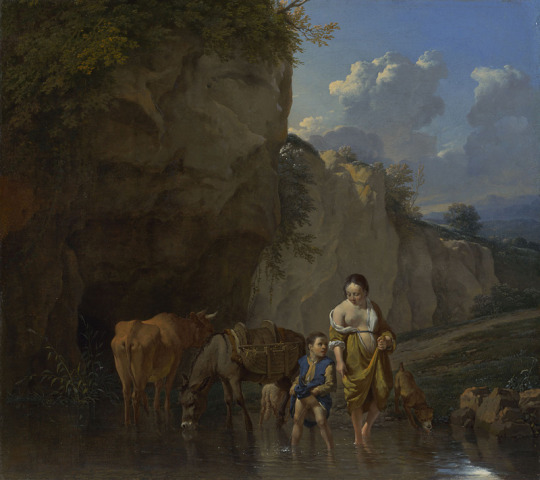
Título completo: Una mujer y un niño con animales en un vado
Artista: Karel Dujardin
Fechas de artistas: 1626 - 1678
Fecha de realización: 1657
Medio y soporte: Óleo sobre lienzo
Dimensiones: 37,7 × 43,5 cm
Resumen de inscripción: Firmado; Con fecha de
crédito de adquisición: Comprado, 1871
Numero de inventario: NG827
A la sombra de un acantilado rocoso, una mujer y un niño vadean las aguas poco profundas de un vado. Ella mira al niño mientras orina en el río. Las imágenes de niños pequeños desnudos haciendo sus necesidades no tenían nada de especial en el siglo XVII, aunque los niños tenían generalmente dos o tres años, y este niño parece un poco mayor.
La imagen de Dujardin tiene un tema pastoral, es decir, muestra un mundo rural idílico. Esto fue muy apreciado y buscado por los coleccionistas holandeses, trayendo imágenes idealizadas de la vida en el campo a su ajetreada y abarrotada vida en la ciudad. Los acantilados detrás son rocosos e inhóspitos, pero el agua es fresca y refrescante: el camino polvoriento detrás del grupo ya está olvidado. Dujardin muestra un momento encantador y suavemente divertido en la vida rural.
Información e imagen de la web de la National Gallery de Londres.
8 notes
·
View notes
Text

Rosa Bonheur (French painter and sculptor) 1822 - 1899
The Forlorn Donkey, ca. 1881
oil on paper laid down on canvas
35.7 x 25.5 cm. (14.25 x 10 in.)
signed 'Rosa Bonheur' (lower right)
private collection
© photo Christie's
Rosa Bonheur made another version of this donkey, Head of a Donkey, 1881, oil on panel, 29.5 x 25 cm.
* * *
Rosa Bonheur was a French animalière, realist artist, and sculptor. As a painter she became famous primarily for two chief works: Ploughing in Nevers and The Horse Fair (in French: Le marché aux chevaux) (which was exhibited at the Salon of 1853 (finished in 1855) and is now in the Metropolitan Museum of Art, in New York City. Bonheur is widely considered to have been the most famous female painter of the nineteenth century.
Bonheur was born in Bordeaux (where her father had been friends with Francisco Goya who was living there in exile) but moved to Paris in 1828 at the age of six with her mother and brothers, her father having gone ahead of them to establish a residence and income. By family accounts, she had been an unruly child and had a difficult time learning to read. To remedy this her mother taught her to read and write by having her select and draw an animal for each letter of the alphabet. To this practice in the company of her doting mother she attributed her love of drawing animals.
Although she was sent to school like her brothers, she was a disruptive force in the classroom and was consequently expelled from numerous schools. Finally, after trying to apprentice her to a seamstress Raimond agreed to take her education as a painter upon himself. She was twelve at that point and would have been too young to attend the École des Beaux-Arts even if they had accepted women.
As was traditional in the art schools of the period, Bonheur began her artistic training by copying images from drawing books and by sketching from plaster models. As her training progressed she began to make studies of domesticated animals from life, to include horses, sheep, cows, goats, rabbits and other animals in the pastures on the perimeter of Paris, the open fields of Villiers[disambiguation needed] and the (then) still-wild Bois de Boulogne. At age fourteen she began to copy from paintings at the Louvre. Among her favorite painters were Nicholas Poussin and Peter Paul Rubens, but she also copied the paintings of Paulus Potter, Porbus, Louis Léopold Robert, Salvatore Rosa and Karel Dujardin.
She also studied animal anatomy and osteology by visiting the abattoirs of Paris and by performing dissections of animals at the École nationale vétérinaire d'Alfort, the National Veterinary Institute in Paris. There she prepared detailed studies which she would later use as references for her paintings and sculptures. During this period, too, she also met and became friends with the father and son comparative anatomists and zoologists Étienne Geoffroy Saint-Hilaire and Isidore Geoffroy Saint-Hilaire by whom her father was employed to create natural history illustrations.
Rosa Bonheur received a French government commission which led to her first great success, Ploughing in the Nivernais, exhibited in 1849. Her most famous work was the monumental Horse Fair, completed in 1855, which measured eight feet high by sixteen feet wide. Its subject is the horse market held in Paris on the tree-lined boulevard de l’Hôpital, near the Pitié-Salpêtrière Hospital, visible in the background on the left. It led to international fame and recognition and that same year she travelled to Scotland, "en route" meeting Queen Victoria, who admired her work, and where she completed sketches for later works including A Scottish Raid, completed in 1860, and Highland Shepherd. These were anachronistic pieces as they depicted a way of life in the Scottish highlands that had disappeared a century earlier. Nonetheless, they had enormous appeal to Victorian sensibilities. She was especially popular in England, though less so in her native France. In France she was decorated with the Legion of Honour by the Empress Eugenie and was promoted to officer of the order.
She was represented by private art galleries, and in particular that of Ernest Gambart (1814–1902), who would purchase the reproduction rights to her work and sell engraved copies of her paintings. It was Gambart who brought Bonheur to the United Kingdom in 1855. Many engravings were created by the skillful Charles George Lewis (1808–1880), one of the finest engravers of his day. Gambart sold through his gallery in London's Pall Mall.
Due to a tendency in 1980s-1990s academic criticism to locate Bonheur as a proto-Feminist and as a pivotal figure for Queer theory, she is perhaps most famous today because she was known for wearing men's clothing and living together with Anna Klumpke. Her work and artistic talent has now become somewhat secondary in importance to her manner of dress, her choice of companions and her penchant for smoking cigarettes. On her wearing of trousers, she said at the time that her choice of attire was simply practical as it facilitated her work with animals: "I was forced to recognize that the clothing of my sex was a constant bother. That is why I decided to solicit the authorization to wear men's clothing from the prefect of police. But the suit I wear is my work attire, and nothing else. The epithets of imbeciles have never bothered me...." She lived for over forty years with her childhood friend Nathalie Micas. In the final year of her life she became close with Anna Klumpke, the author of her "autobiography". She died at the age of 77, at Thomery (By), France. Many of her paintings, which had not previously been shown publicly, were sold at auction in Paris in 1900.
Source: Wikipedia
6 notes
·
View notes
